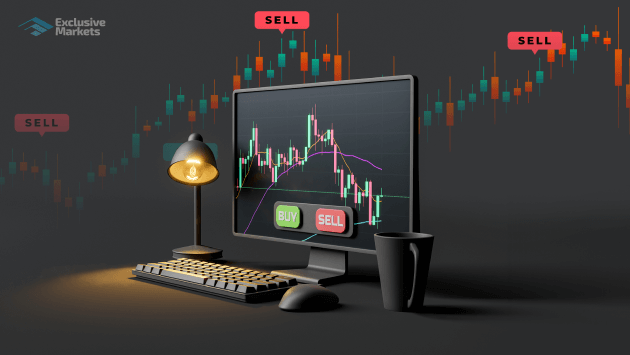Understanding CFD Forex Trading Strategies and Tips for Success

CFD Forex trading has gained immense popularity among traders in recent years due to its flexibility and potential for high returns. With the rise of online trading platforms, more individuals are accessing the Foreign Exchange (Forex) market. In this article, we will explore what CFD Forex trading is, how it works, and provide some strategies to enhance your trading experience. Moreover, we’ll discuss the importance of selecting a reliable broker like cfd forex trading Trading Broker SA to support your trading journey.
What is CFD Forex Trading?
Contracts for Difference (CFDs) are financial derivatives that allow traders to speculate on the price movement of currency pairs without actually owning the underlying asset. In CFD Forex trading, you agree to exchange the difference in the value of a currency pair between the time the contract is opened and closed. This means you can profit from both rising and falling markets.
How Does CFD Forex Trading Work?
When trading CFDs, you don’t own the actual currency but instead speculate on whether the price will go up or down. Here’s a basic breakdown of how CFD trading works:
- Opening a Position: If you anticipate that the price of a currency pair will rise, you open a ‘buy’ position. Conversely, if you think the price will drop, you open a ‘sell’ position.
- Leverage: One of the most appealing aspects of CFD trading is leverage. This allows you to control a large position with a relatively small amount of capital. However, it’s essential to remember that while leverage can amplify profits, it can also magnify losses.
- Closing a Position: When you’re ready to close your trade, you will either realize a profit or a loss based on the difference between the opening and closing prices of the CFD contract.
Advantages of CFD Forex Trading
CFD Forex trading offers several advantages, making it an attractive option for many traders:
- Access to the Forex Market: CFDs provide access to major, minor, and exotic currency pairs around the clock.
- Leverage: As mentioned, leverage allows traders to open larger positions than their original investment, leading to higher potential profits.
- Ability to Short Sell: CFDs can be used to profit from falling markets, providing opportunities in various market conditions.
- No Ownership of Underlying Assets: Traders don’t need to hold the actual currency, minimizing transaction costs and eliminating the need for storage or custody.

Risks of CFD Forex Trading
While CFD Forex trading presents numerous opportunities, it comes with its share of risks:
- Leverage Risk: While leverage can amplify profits, it also increases the risk of significant losses, making risk management crucial.
- Market Volatility: The Forex market can be highly volatile, and prices can move unexpectedly, leading to financial loss.
- Broker Risks: Not all brokers are reliable, and it is essential to choose one that is regulated and has a good reputation.
Strategies for Successful CFD Forex Trading
To succeed in CFD Forex trading, it’s vital to develop effective trading strategies. Here are some popular strategies to consider:
1. Technical Analysis
Many traders use technical analysis to identify potential price movements by studying charts and using indicators. Key tools include:
- Moving Averages: These help smooth out price action and identify trends.
- Relative Strength Index (RSI): This momentum indicator indicates overbought or oversold conditions.
- Bollinger Bands: These bands provide visual information about price volatility and potential reversal zones.
2. Fundamental Analysis
Fundamental analysis involves evaluating economic indicators and news events that can impact currency values. Traders should stay informed about central bank policies, economic reports, and geopolitical events to make informed trading decisions.
3. Risk Management
Effective risk management is crucial for long-term success. This includes setting stop-loss orders to limit potential losses and defining your risk-to-reward ratio before entering trades. Many successful traders recommend risking no more than 1-2% of your trading capital on a single trade.
Choosing the Right Broker
Your choice of broker can greatly influence your success in CFD Forex trading. Here are some essential considerations:
- Regulation: Ensure the broker is regulated by a reputable authority, which helps protect your funds.
- Trading Platform: Look for a user-friendly platform with necessary tools and features for effective trading.
- Fees and Spreads: Compare the fees and spreads offered by different brokers and choose one that fits your trading style and strategy.
- Customer Support: Reliable customer support can help resolve issues and provide assistance when needed.
Conclusion
CFD Forex trading opens up a world of opportunities for those willing to navigate its complexities. By understanding the mechanics of CFD trading, leveraging advantages, managing risks, and employing robust strategies, traders can enhance their potential for success. Remember, whether you’re an experienced trader or a newcomer, it’s vital to choose a reputable broker, such as Trading Broker SA, to support your trading endeavors. Continual education, practice, and a disciplined approach will contribute greatly to your trading success in the Forex market.



